The Donner Party is one of the most notorious blemishes on American pioneering history — but how much do you really know about what happened to those who attempted to make their way across the country back in the mid-1800s?
Named after the two brothers who led the way with their families, Jacob and George Donner, a group of about 20 wagons was hoping for a fresh start on the West Coast. As we all know now, that wasn't in the cards for so many of them.
Traveling across the country wasn't easy for anyone back in the 19th century. The mountainous terrain made the trek long and exhausting for anyone who made the attempt.
That was exactly what the members of the Donner Party were trying to avoid when they veered off on their own path.
Take a look below to learn more about the unfortunate circumstances surrounding their grim journey.
And be sure to SHARE these surprising details from history with your friends on Facebook.
[H/T: History, The Donner Party Diaries]
1. The Group Left Too Late
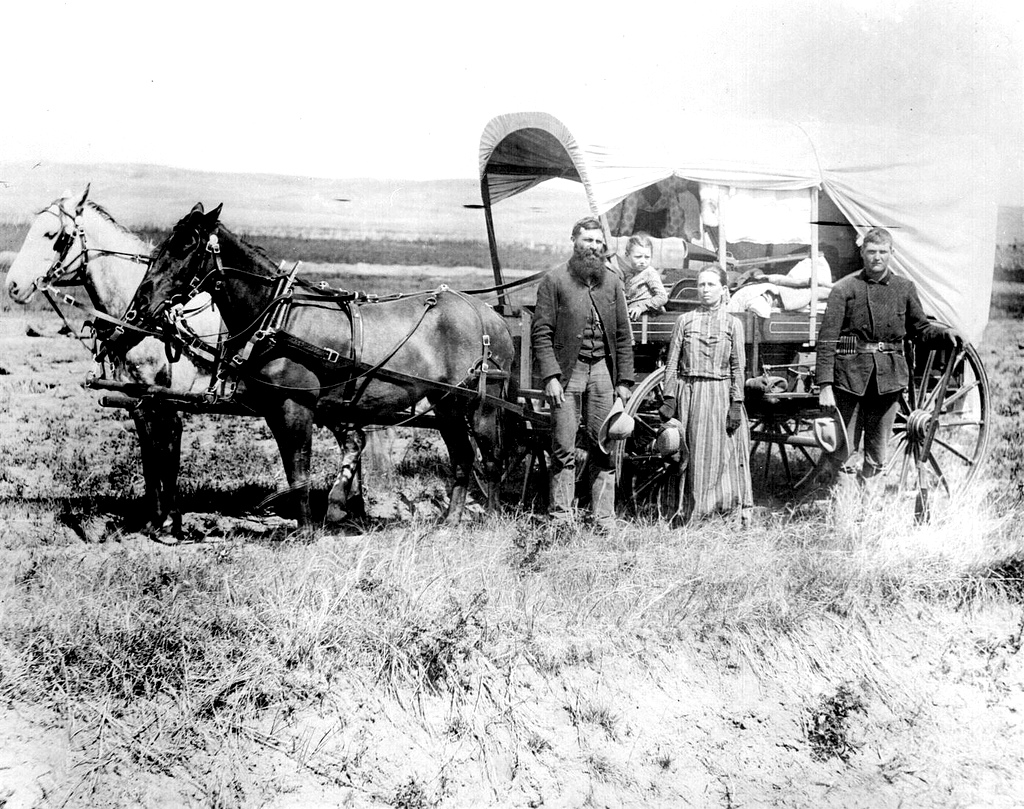
Pioneers at the time were aware of how nature could devastate their plans, and most left no later than the end of April.
The Donner Party, however, didn't make their way out from Independence, Missouri, until May 12, 1846, according to the History Channel.
2. They Took Some Really Bad Advice
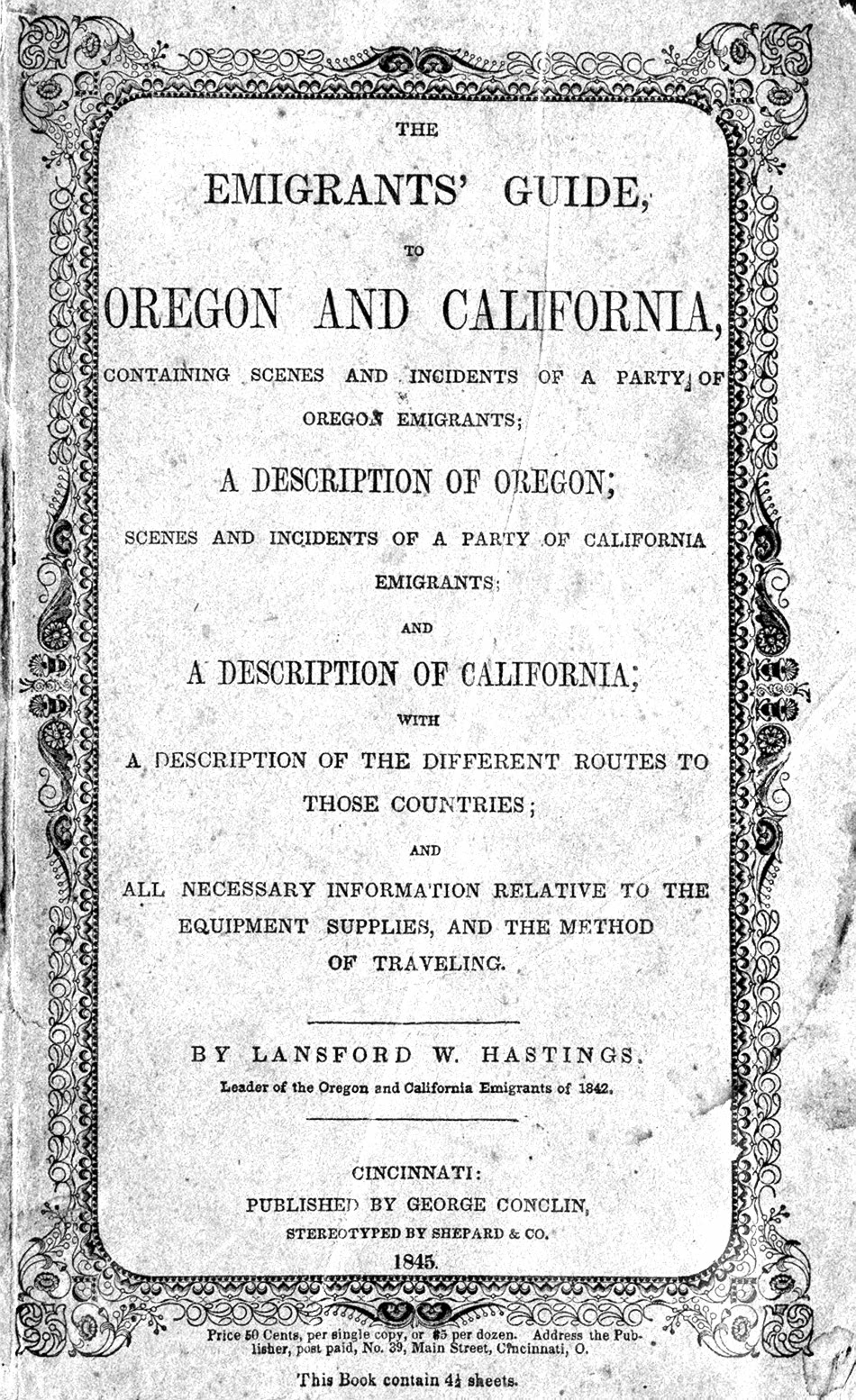
A man named Lansford Hastings authored a guidebook, The Emigrants' Guide to Oregon and California, that claimed to have a shortcut across the Wasatch Mountains and Great Salt Lake Desert. The only catch: he'd never actually made the trek himself. In fact, no one had.
His trail, which he called the "Hastings Cutoff," ended up adding nearly another month's worth of travel time onto the group's journey.
3. They Might Have Been Warned
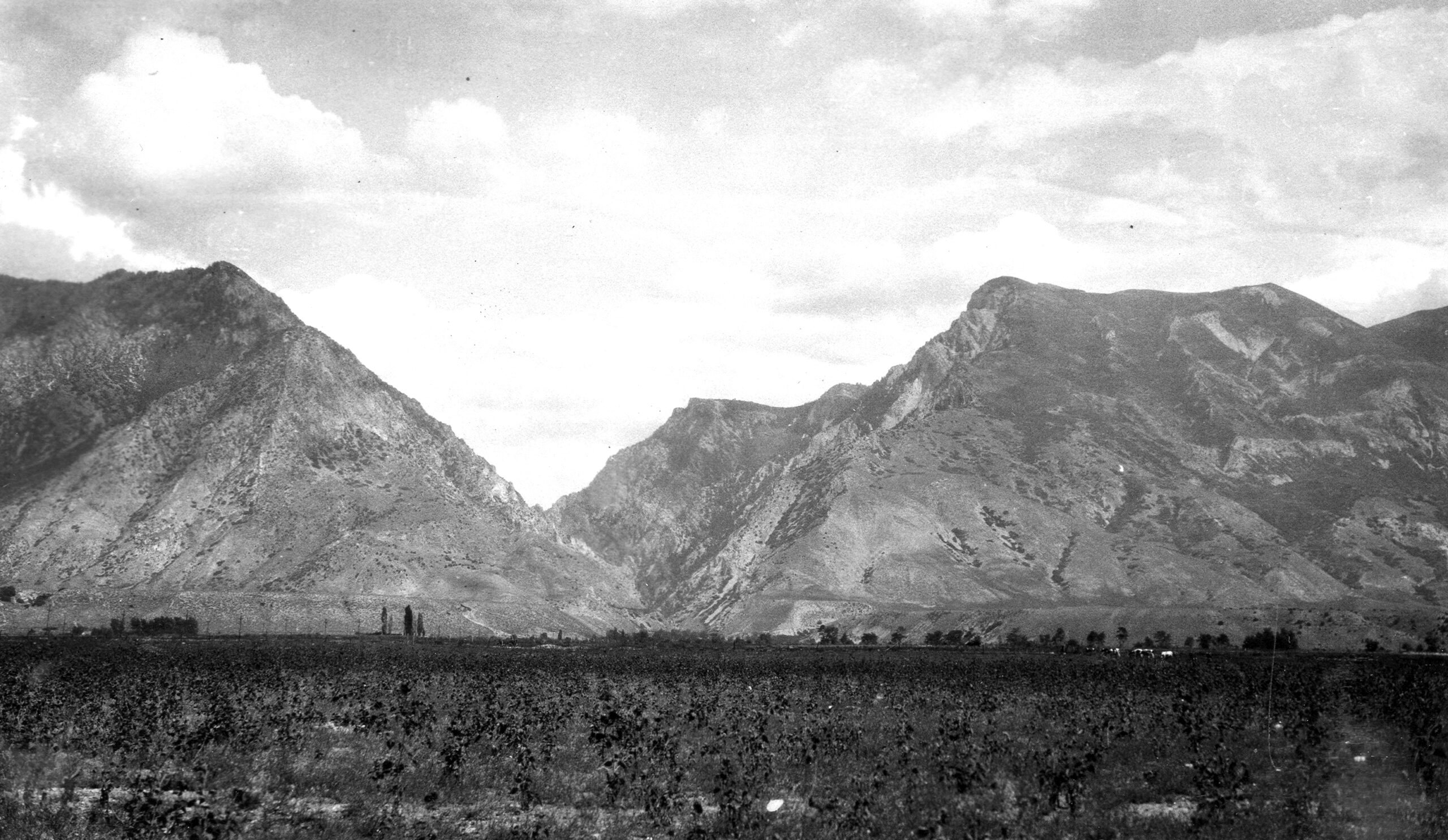
According to reports from the History Channel, Lansford left a note at the canyon's entrance of the Wasatch Mountains warning them that the journey was a bit more difficult than he had anticipated. He instructed them to camp out and wait for his return.
They waited eight days before sending a messenger into the mountains. The man returned with a message from Lansford suggesting a different, and ultimately more perilous, trail.
Another report from Ultimate Wyoming claims that a journalist in the group, Edwin Bryant, went ahead of the others to scout the trail. He quickly realized it would be difficult to survive and sent several letters telling them as much.
Jim Bridger, the owner of the only trading post on the group's route, neglected to pass them along. Instead, he sent them the original instructions from Lansford and they continued without any knowledge of danger ahead.
4. They Exiled One Of Their Members

After weeks of hard travel, tensions were high. A scuffle was recorded in Donner Party diaries between John Snyder and James Reed, one of the group's leaders, that ended with James protecting himself from John's ox whip by plunging a knife into the man's chest and killing him.
James' wife rallied for his innocence and the group ultimately decided that he should be exiled rather than sentenced to death. James then rushed ahead of the group along the California Trail and relentlessly begged for help rescuing those still left behind.
5. The Shortcut Wasn't Even Their Biggest Issue
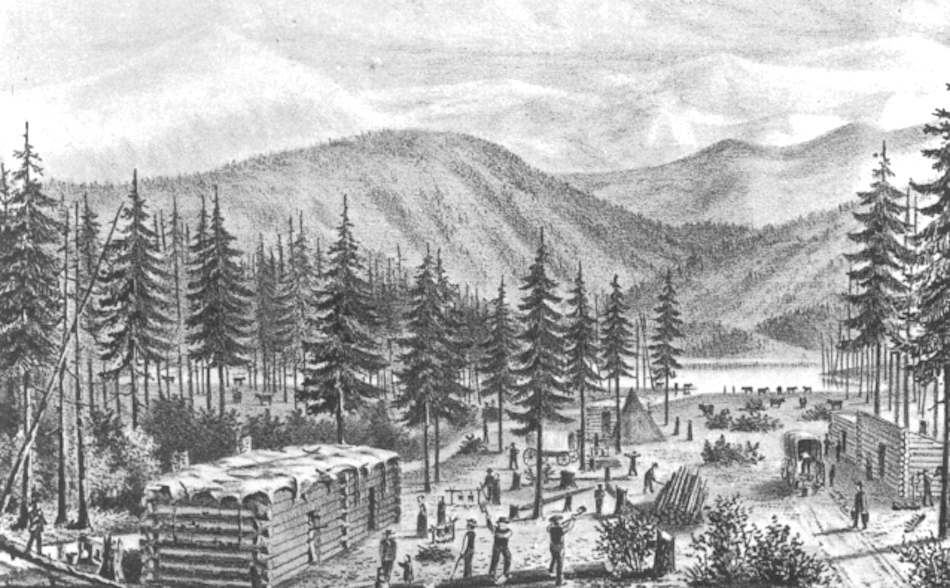
After months of cutting down trees in their path and nearly dying of thirst, 81 of the original 87 members arrived near the summit of the Wasatch Mountains on October 31.
Unfortunately, they were also hit with five feet of snow that very same night, trapping them at Truckee Lake (now known as Donner Lake).
6. Most Of The Party Consisted Of Children
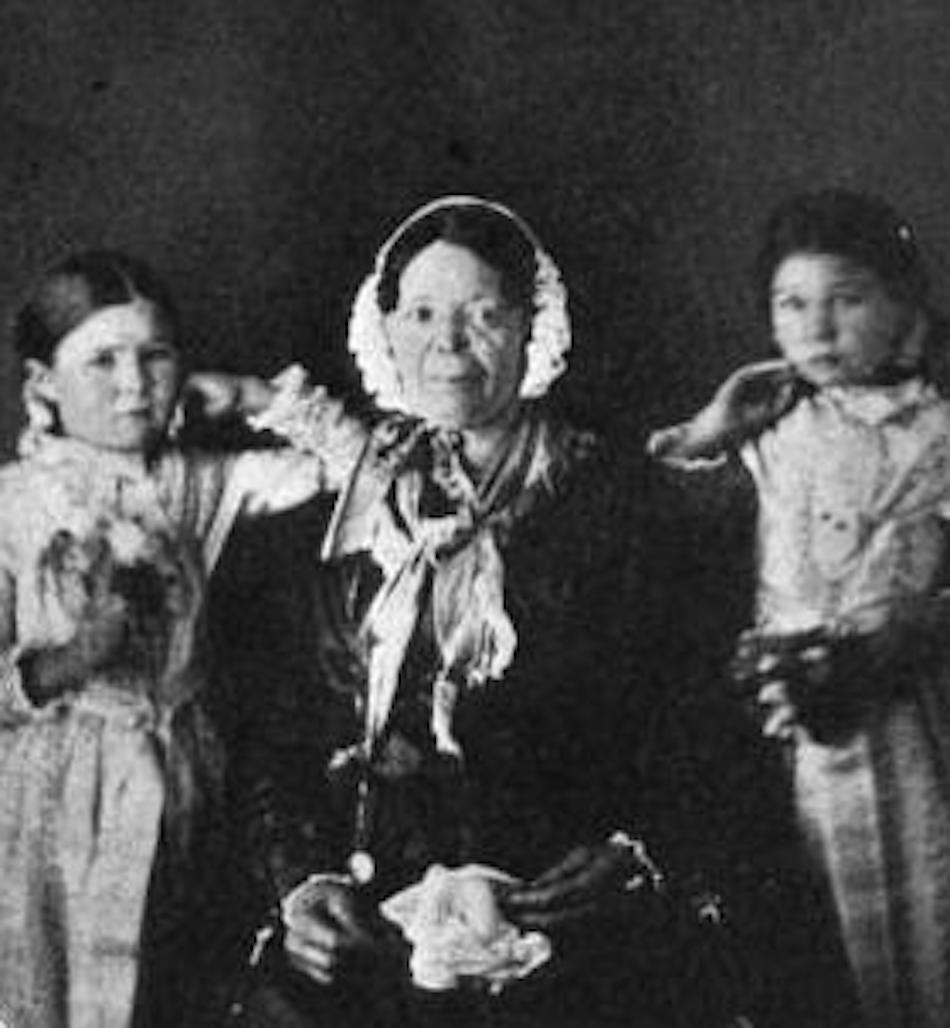
The original group had consisted of about a dozen different families with their children. Of those stranded at Lake Truckee, over half of them were under the age of 18 — including six infants.
Thankfully, children also made up the majority of the survivors by the time rescue crews finally arrived.
Two of George Donner's daughters, Georgia and Eliza, are shown above photographed with their caretaker Mary Brunner.
7. Meals Didn't Start Out So Bad
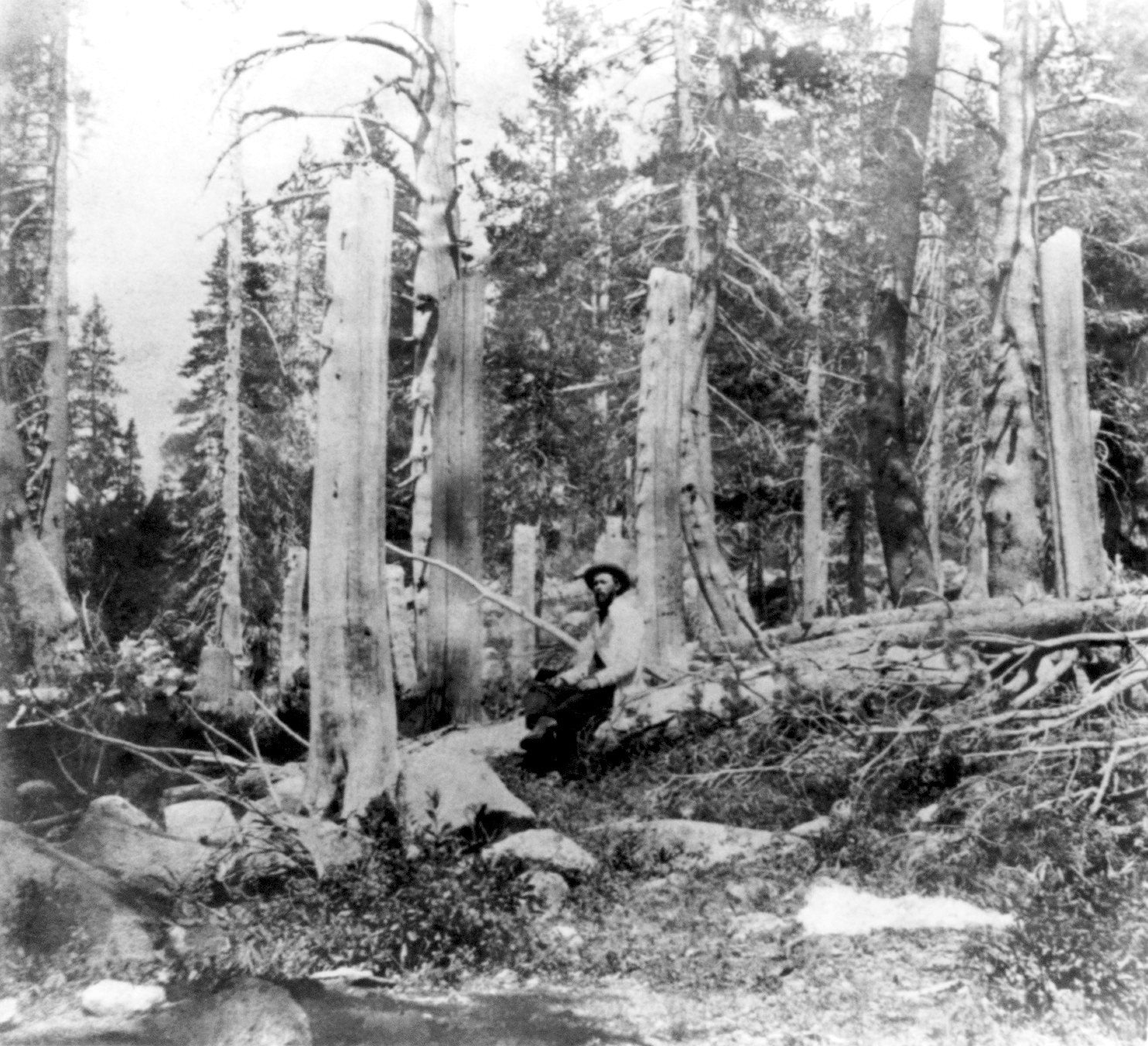
Obviously, they initially took rations of their oxen and other animals traveling with them before resorting to cannibalism.
When things got even more bleak, however, they relied on boiled leather and hides. Of course, those didn't provide much in the way of energy or nutrients. After just about a month and a half of camping out, the first person to die was a young man named Baylis Williams, according to Discover Magazine.
As the days went on and more bodies piled up, about half of the group would resort to cannibalizing those frozen corpses in order to survive.
8. They Sent A Small Group To Find Help
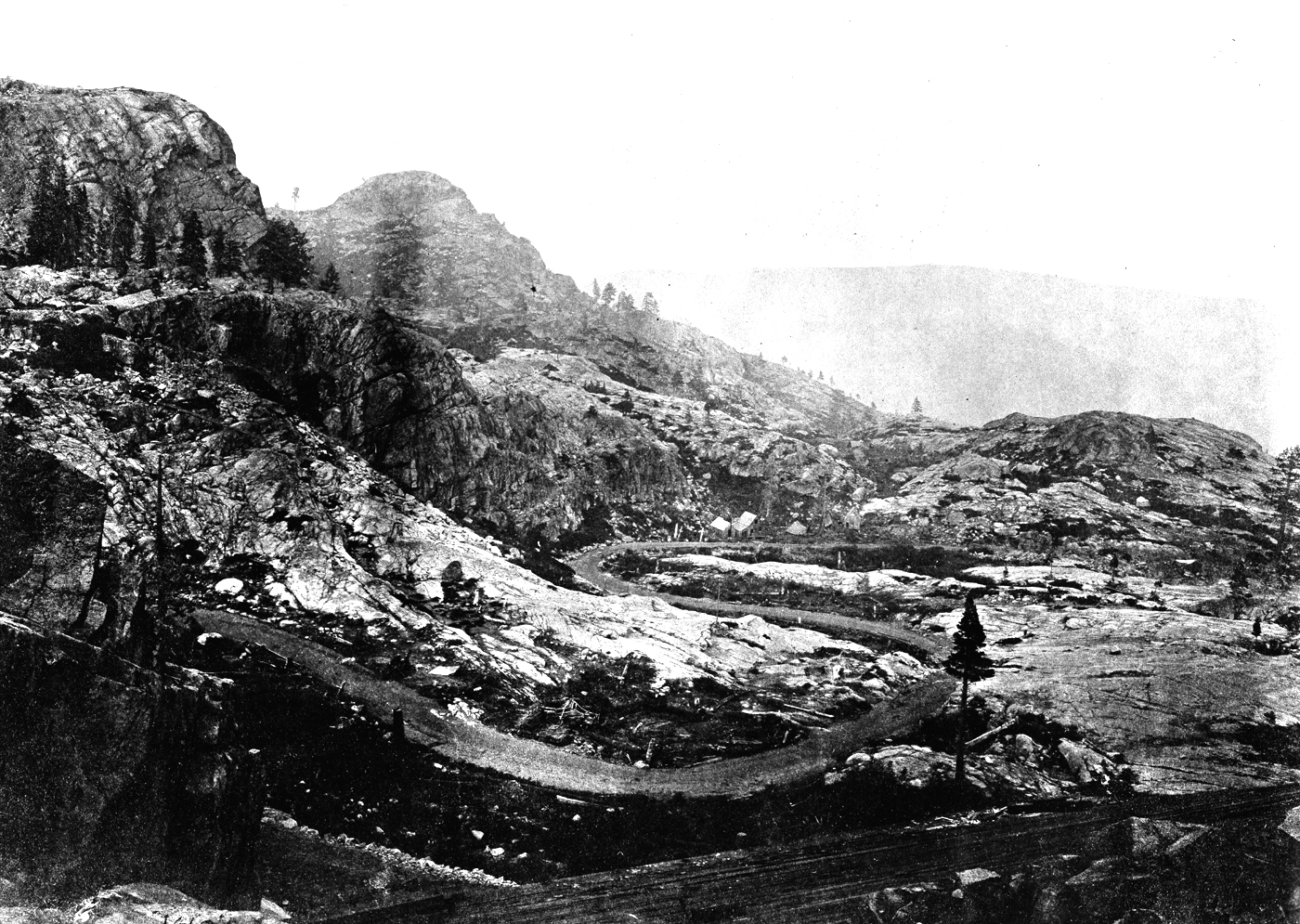
On December 16, 1846, a group of 15 able-bodied men now known as the "Forlorn Hope" expedition wore makeshift snowshoes and made their way into the mountains to find help.
After one of their members died from exposure to the elements, his flesh became the first they ate. They continued this with others as they fell from the cold weather and exertion.
Along with the pioneers, the group was joined by two Native American guides named Salvador and Luis. The pair eventually ran away from the rest of the group when they refused to participate in the cannibalism and feared they would be next. Sadly, they were found nearly frozen to death days later and were put out of their misery — and, of course, eaten.
According to Tahoetopia, Salvador and Luis were the only reports of actual murder for food during that time. Only seven of the "Forlorn Hope" men made it to California, where they finally demanded help for those left behind.
9. Rescue Attempts Were Underway While They Starved

It took months for rescue crews to make their way across the dangerous terrain and retrieve all of the remaining members.
After four trips into the mountains, they were able to bring back every living survivor.
10. One Man Went Above And Beyond For The Kids
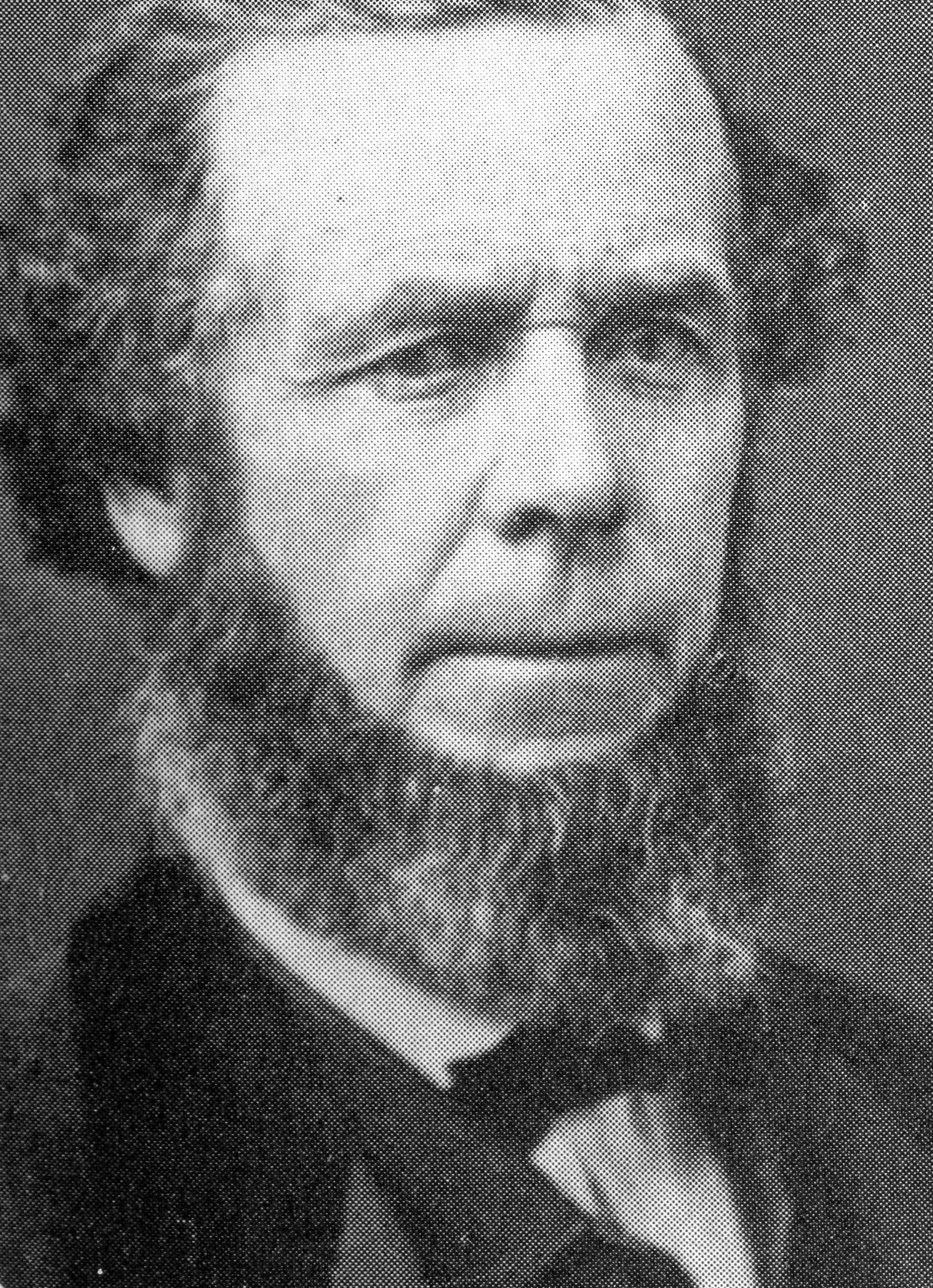
Most of the young survivors were too weak to walk, but that didn't stop a man named John Stark from making sure he brought all nine of the children in his care back to safety.
According to the Donner Summit Historical Society, John went so far as to carry them two at a time for a few yards, then return for another pair and bring them a few yards, repeating the process over and over again until they were all finally down the mountain.
11. Only About Half Of The Group Survived
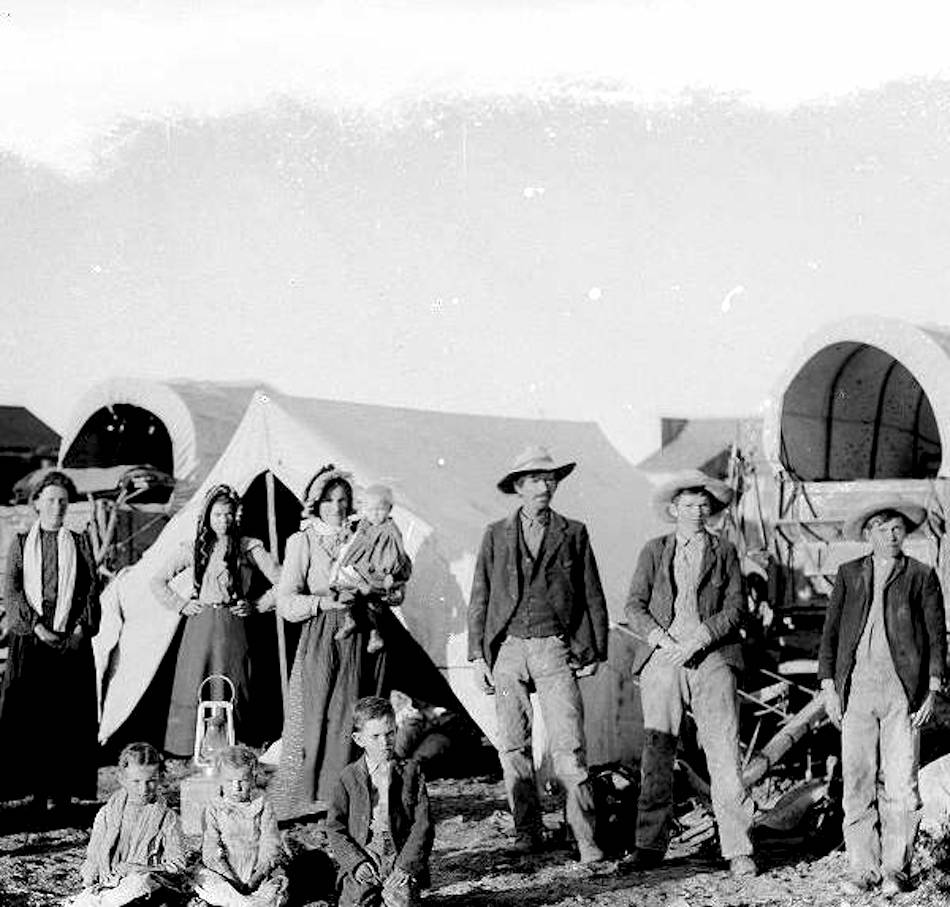
When all was said and done, reports claim only 45 of the original 87 members of the Donner Party survived the trek.
Of the dozen or so families in the group, only two were able to maintain all members throughout the journey: the Reeds, who never resorted to cannibalism, and the Breens.
12. The Last Man Rescued Became The Most Infamous
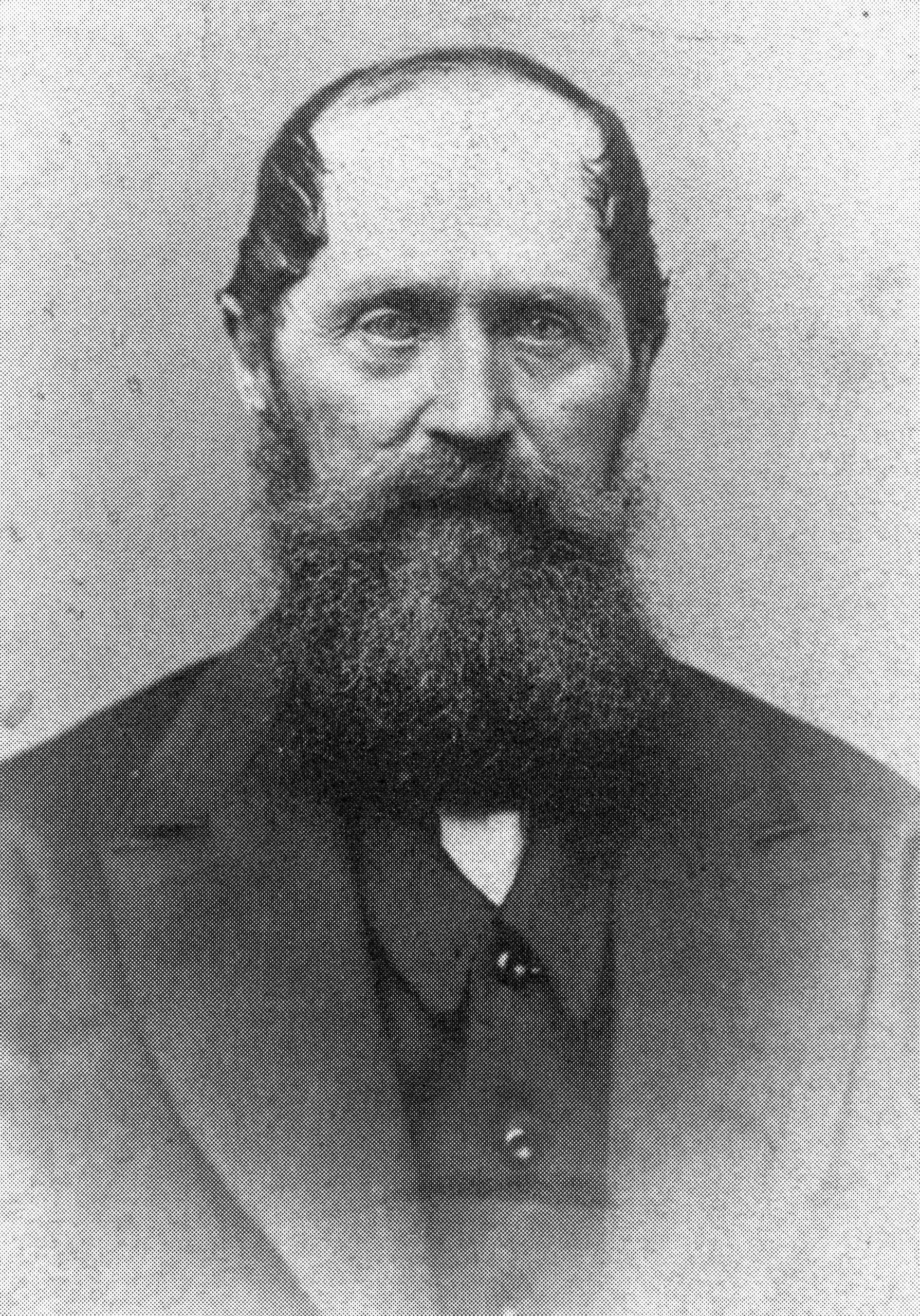
Lewis Keseberg, shown above, was found in April 1847, nearly a year after the whole journey began. When the rescue men arrived, they discovered Lewis all on his own in a cabin with the Donner family's gold and even some edible animal meat stashed away.
In a particularly grim twist of fate, two of the rescuers, William Eddy and William Foster, quickly recognized the remains of their own young sons among those Lewis had been surviving on. Discover Magazine claims Lewis was accused of killing them, as well as both George and Tamsen Donner, also found at the cabin, but he pleaded his innocence.
Ultimately, no charges were ever placed against Lewis. Instead, he sued for defamation of character once he was taken safely to California, but only received $1 in damages. He spent the rest of his life in solitude.
13. Their "Guide" Eventually Met His Own Unfortunate End
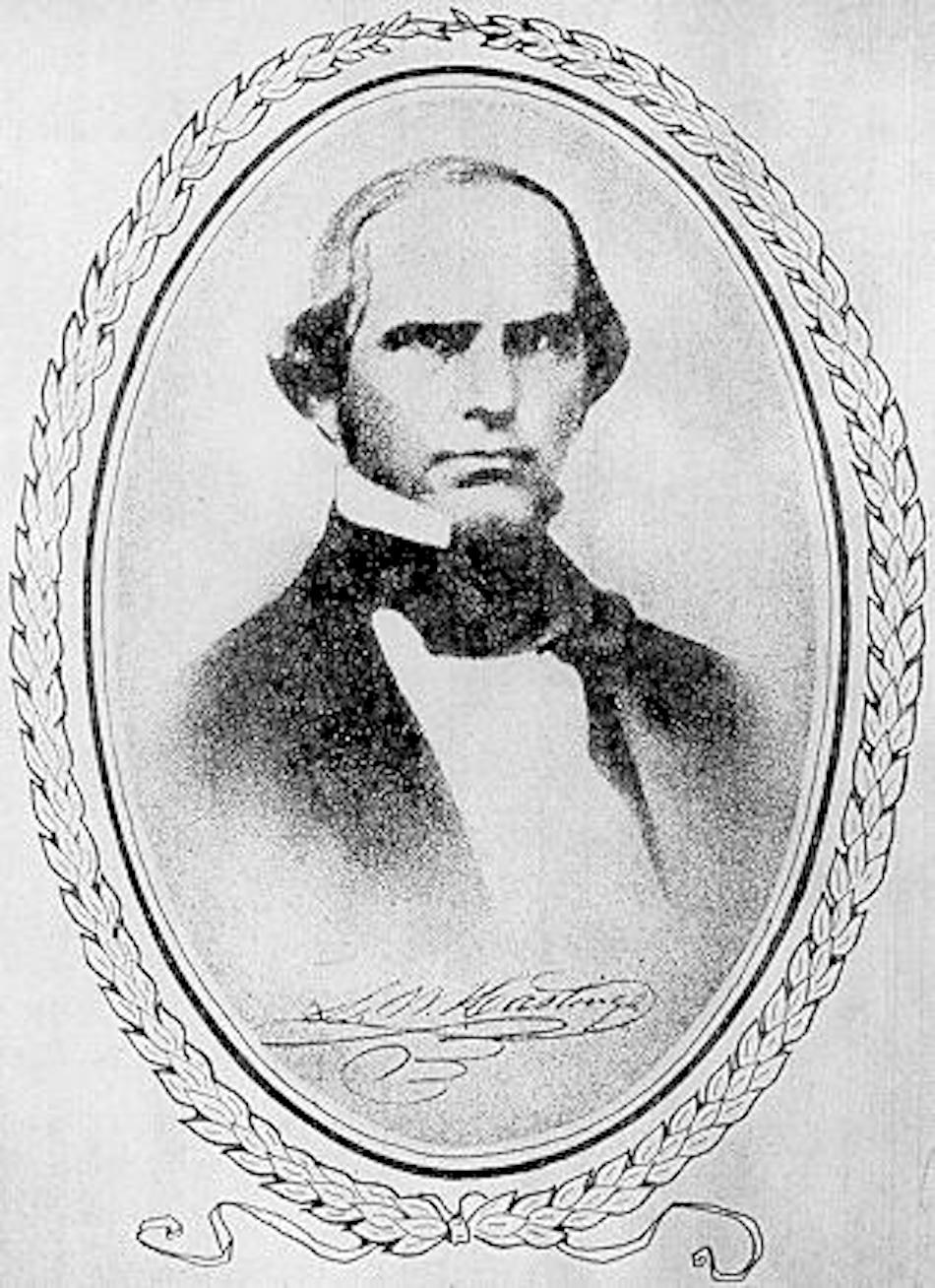
Lansford managed to make it to the West Coast without nearly as many issues while guiding a group of his own. He later became a lawyer and Major in the Confederate Army.
After the Civil War, he moved to Brazil where he published another travel guide for "refugees" in the Confederacy — The Emigrants Guide to Brazil — in 1867.
He was able to lead one shipload of people to their new South American homes before dying on his second trip in 1870.
Were you surprised by any of these haunting facts about the Donner Party?
Be sure to SHARE the eerie look back at history with your friends on Facebook.




